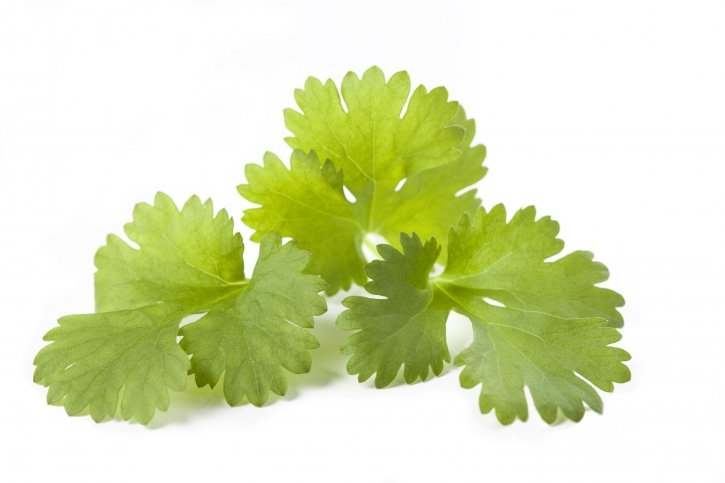Annual plant belonging to the apiaceae family (formerly umbelliferae), native to the Middle East and Eastern Mediterranean. It reaches 40-60 cm in height, has erect stems, smooth, cylindrical and branched at the top; the leaves are compound, petiolate, divided into oval segments toothed lower and upper laciniate. The flowers are small, white or pink and arranged in umbels. The fruits are globose, yellow-brown, diaquenous and contain a seed in each achene. They have a mild, pleasant odor and a strong, pungent flavor.
The fruits and leaves are used as a food condiment.
The fruits and the essential oil obtained by distillation of the fruits.
The fresh plant can produce contact dermatitis (it is photosensitizing).
They have not been described.
At recommended doses have not been described.
-.Monografía de la SEFIT (Sociedad Española de Fitoterapia).
-.Fitoterapia aplicada. J.B. Peris, G. Stübing, B. Vanaclocha. M.I. Colegio Oficial de Farmacéuticos de Valencia.
-.Jean Bruneton. Farmacognosia. Fitoquímica. Plantas Medicinales. Editorial Acribia. S.A. 2ª edición.
-.Laribi B, Kouki K, M'Hamdi M, Bettaieb T. Coriander (Coriandrum sativum L.) and its bioactive constituents. Fitoterapia. 2015;103:9-26.
-.Abidhusen H. Momin , Sawapnil S. Acharya and Amit V. Gajjar. Coriandrum sativum. Review of advances in phytopharmacology. IJPSR, 2012; Vol. 3(5): 1233-1239.
-.Shyamapada Mandal, Manisha Mandal. Coriander (Coriandrum sativum L.) essential oil: chemistry and biological ativity. Asian Pac J Trop Biomed 2015; 5(6): 421–428.
